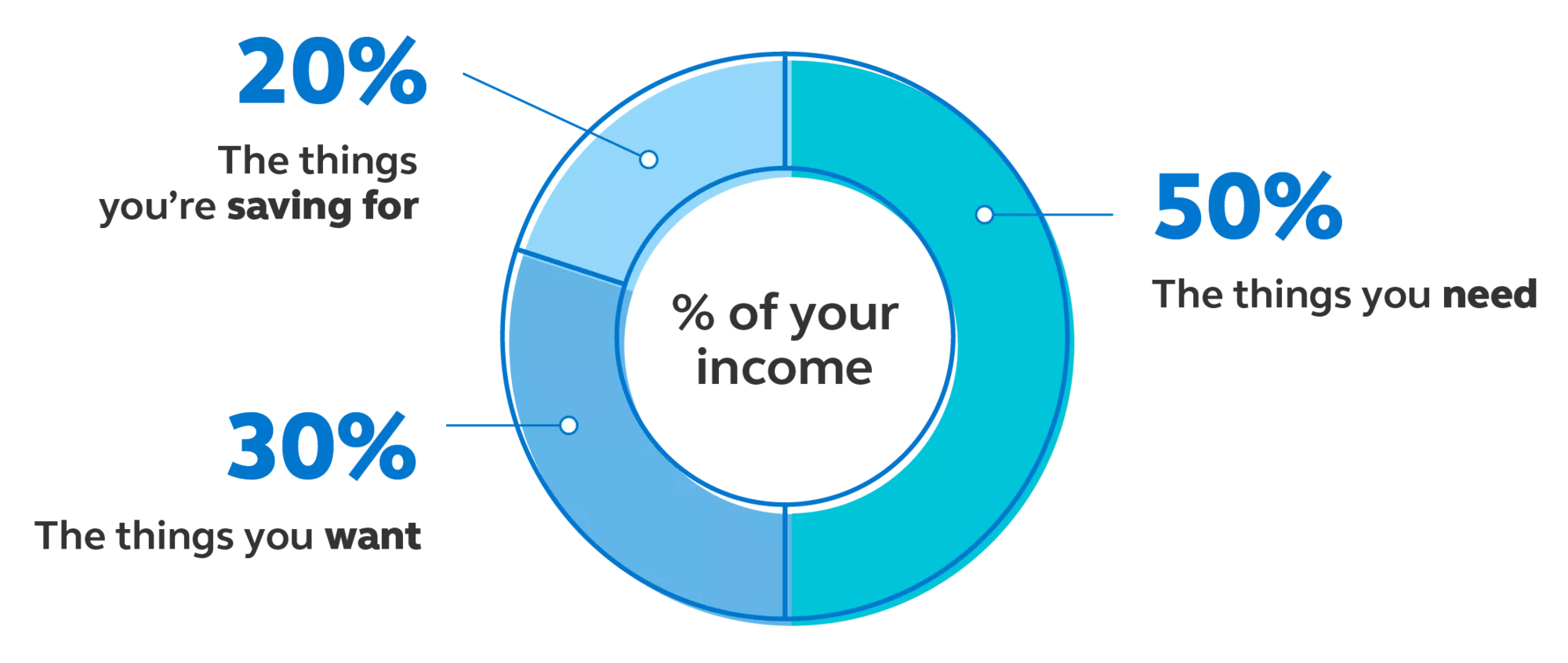Whether through the snowball method or another strategy, we can help you take control, get ahead of payments, and get closer to living debt free.

If you have debt, you’re not alone. The average American carries more than $100,000 in debt.1 That existing debt load means unexpected expenses such as medical bills can be a tipping point into financial insecurity.2 And if you have too many payments every month, you might get behind on other financial goals such as building an emergency fund, taking a vacation, or adding to a retirement account.
One place to start? Try to make progress every month on reducing your debt. It takes a little organization up front, plus a strategy that fits your budget and your preferences. These steps can help—including three specific, practical strategies to pay down or pay off your debt:
Make a list of all your debt.
Before you start paying off debt, tally how much debt you have. Make a list with this information for each bill you owe.
The details you need to know about every debt:
- Debt name/account
- Type of debt (credit card, student loan, etc.)
- Balance
- Interest rate (some debt is more expensive, i.e., has a higher interest rate, than others)
- Payment terms/length
- Minimum monthly payment
Figure out the maximum you can pay every month.
Review your budget and answer these questions:
- How much do you need to pay for necessities such as rent/mortgage, insurance, utilities, and food?
- How much do you currently pay each month toward debt?
- Can you temporarily trim a few budget items to put even extra toward debt?
- Any extra income—tax refund, side hustle, things like that—to put more toward debt?
The 50/30/20 approach3 simplifies budgeting:

Trim from “wants” and a little from “needs” (i.e., a lower streaming bill) to come up with the total you can put toward debt repayment each month.
What’s the best way to pay off debt?
You can choose a debt repayment plan tailored to your unique circumstances— what’s best for you. In general, there are three strategies that can help you pay down or pay off your debt more efficiently.
| What it’s called | How it works | How you keep it going | Why some people like it |
|---|---|---|---|
| 1. The snowball method | Pay the smallest debt as fast as possible. Pay minimums on all other debt. | Then pay that extra toward the next largest debt. | A quick payoff is a quick win and can be a confidence booster. |
| 2. Debt avalanche | Pay the largest or highest interest rate debt as fast as possible. Pay minimums on all other debt. | Then pay that extra toward the next smallest debt. | Paying off a big debt can boost a feeling of control and gets rid of big interest, too. |
| 3. Debt consolidation | Combine debts into a single account. | Avoid any other debt until post-payoff | Possible lower interest and one account increases focus. |
Celebrate success and stay on top of future debt.
Sometimes debt can be good to help you build a credit score or accomplish goals—such as buying a house—that would be hard to do without a loan. But lots of extra debt can weigh down your credit score and add up to interest you didn’t want to pay. So celebrate every extra payment—and every debt payoff, too.
What's next?
As you manage your debt, talk to a financial professional about your long-term retirement savings strategy. If don’t already have a financial professional, we can help you find one.


